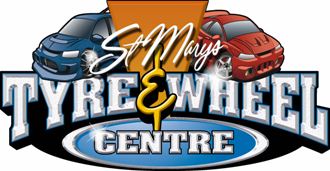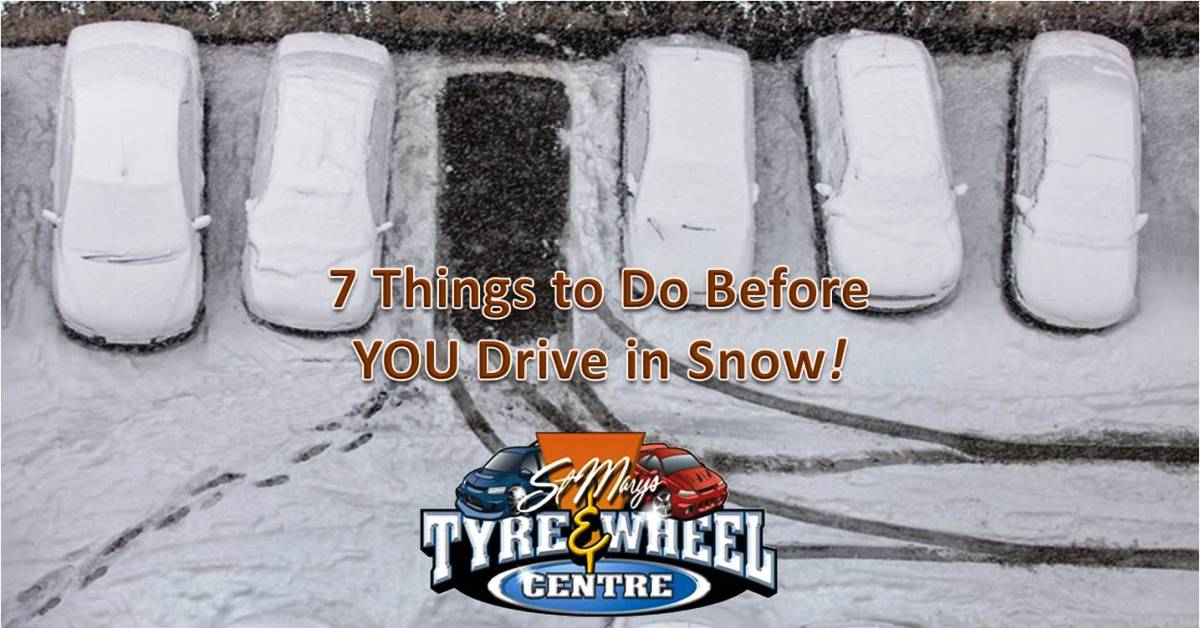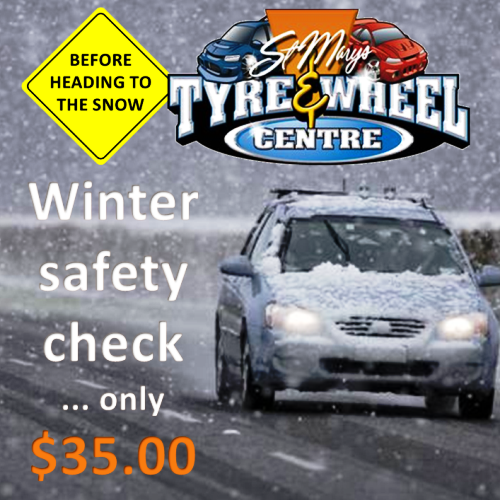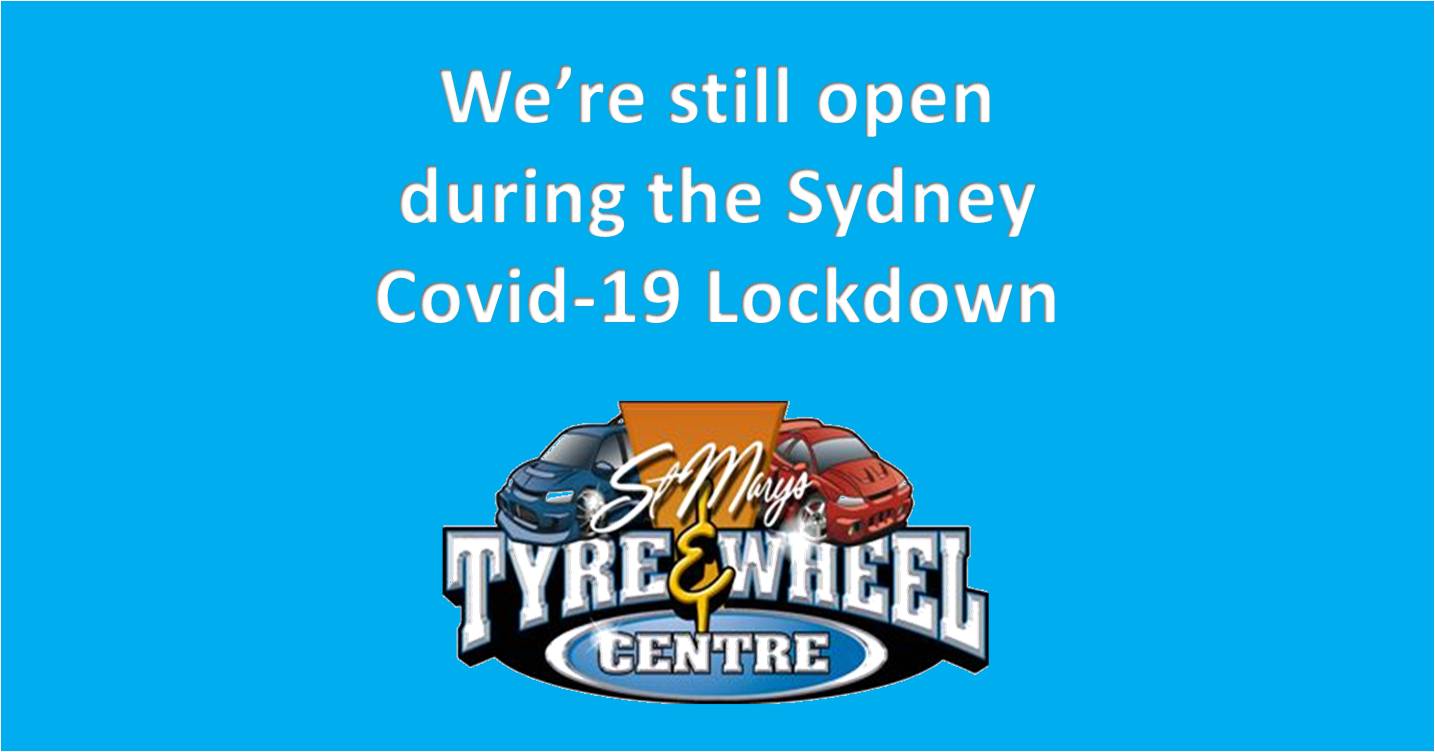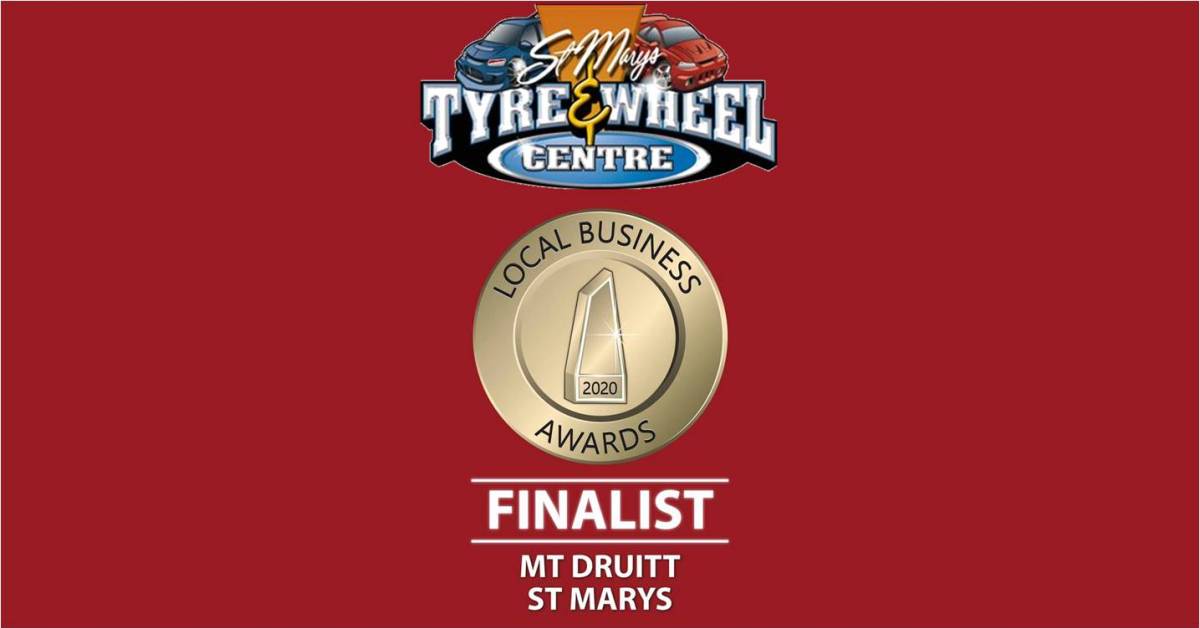Driving in snow can be an enjoyable experience or a total nightmare. Before you pack your bags and load up the family, check the list below. To stay safe, there are a few things you need to do before heading south to the ski fields.
If you plan to visit the snowfields multiple times during the season, it may be worthwhile purchasing a National Parks Annual Pass. This will save you time while driving as you can use specially assigned lanes within Kosciusko National Park.
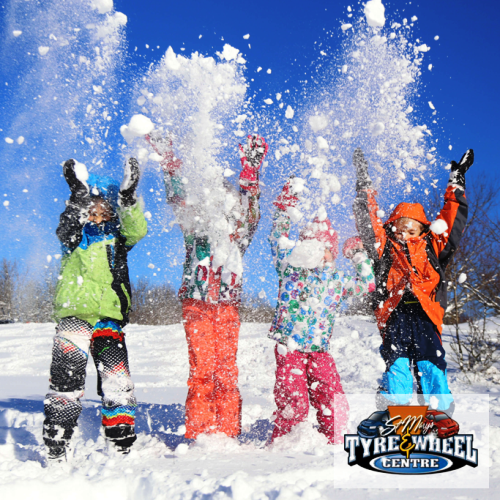
The most important thing to do before you leave is to have your vehicle inspected and given the all clear. A normally well maintained vehicle can be adversely affected by extremely cold weather.
# 1: Check Windscreen
Check your windscreen for any small cracks or chips. Any existing damage will make the glass vulnerable to additional cracking or chipping in cold weather. This is due to the glass becoming more brittle from a constant low temperature plus cold winds, frost, snow and ice build up. Be sure to pack a plastic ice-scraper. This will allow you to easily clear the bulk of the snow and ice from your vehicle’s windows.
It’s also a good time to check and if needed, change your wiper blades. While driving, clear visibility is essential. Being blinded by flying mud, snow and salt on your windscreen can be terrifying. Old, ineffective wiper blades will only make the situation much worse and possibly lead to an accident.
# 2: Check Tyres and Brakes
Before heading off down the Hume Highway, have your tyres and brakes checked. These are what will stop you time and again and keep you out of any serious trouble. Make sure that the wear indicator bars aren’t flush and there is plenty of tread on your tyres. While there, check your tyres for any uneven wear. This is an indication that you may also need a wheel alignment.
You don’t want the surprise of your vehicle pulling to the left or right should you need to hastily apply the brakes. Have your brake pads checked as well and top up the brake fluid if required. Driving in snow and ice can have a dramatic effect on the distance required to bring your vehicle to a safe and complete stop.
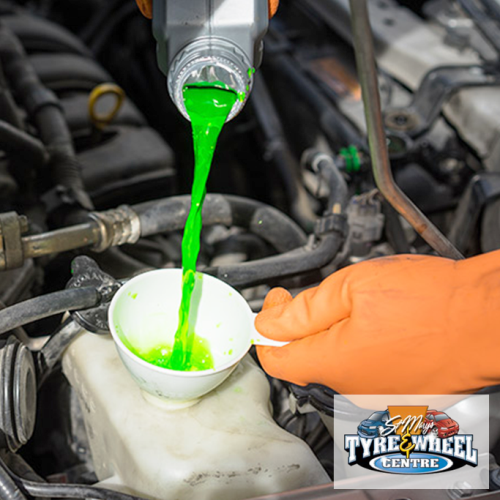
# 3: Check Anti-Freeze
In Australia, most cars use a coolant that has a wide temperature capability. There are numerous types of anti-freeze available on the market today. It’s a good idea to check with us to find out if your car needs a special coolant mixture.
There are concentrated forms, as well as ready mixed brands. Most ready mixed versions are frequently referred to as engine coolant. These types are able to be used in your vehicle for top-ups and replacements right away. If you purchase the concentrated form of anti freeze, it has to be diluted with water before you can use it. In most cases it’s a 50/50 mix. However, this can vary between different vehicle makes and models. Its imperative the manufacturer’s instructions are always followed.
You need anti-freeze in your cooling system before driving in snow as it will lower the water’s freezing point. In turn, the cooling system is less likely to become frozen. When adding anti-freeze to the radiator, it’s important to make sure that you match the capacity of your vehicle’s coolant system.
As an added extra, it’s also a good idea to add some anti-freeze to the windscreen washer as well. This will prevent the water in the washer system and lines from freezing. In addition, the water won’t freeze on your windscreen when you need to use the washer while driving.
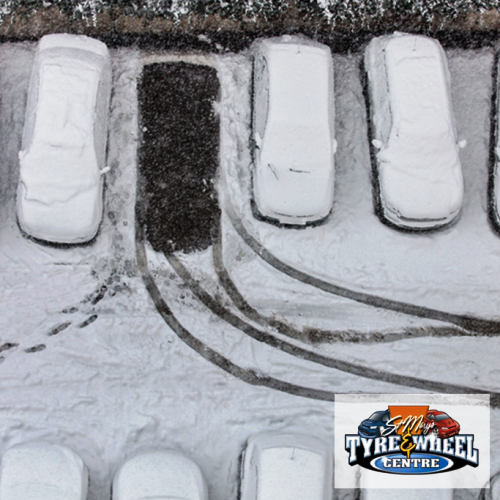
# 4: Check Battery and Alternator
While it is essential that you have your battery checked and tested before heading off to the snow, most of the damage has already been done. Our hot Aussie summer wreaks havoc on our car battery. High temperatures in the engine bay will speed up corrosion of the battery’s internal plates. In turn, this vaporises the internal electrolytes faster, leaving the battery with decreased capacity. You guessed it ... all those fancy words is just technical talk for your vehicle possibly having a weaker battery.
Now that you’re visiting a colder climate, there are a number of things that make it harder for your vehicle to start. When cold, your vehicle’s engine requires more power to start. The colder it gets, the harder it is for your battery to provide the required power. In addition, the colder it is, the thicker your engine oil will become. The thicker your oil, the harder it is to turn the engine over. You’ve got the picture.
Modern electrical and fuel systems can often disguise a weak battery by starting an engine with a minimum of cranking. With the extra work load required for cold starts coupled with the summer damage, it can become too much ... and usually without any warning. This is why many batteries decide to retire during the winter months.
When you’re driving in snow, your battery is going to have a tough job ahead of it. Before leaving, have your car’s electrical system tested, including your battery and alternator. You don’t want to be caught out on the side of a cold and icy highway waiting for roadside assistance.
# 5: Check HVAC System
We all love sitting around a roaring log fire to keep warm when staying in the snow. If only our vehicle’s heating system was as simple. Well, it’s not. Unlike our HVAC unit at home, our car’s heating, ventilation and air conditioning systems are all independent of each other.
The heater needs to be working properly as it will keep everyone warm and cosy should you become stuck in traffic. The air conditioner needs to be working properly as it’s needed to demist the windscreen and reduce built up condensation. Without a frost free windscreen, your visibility is reduced in an already challenging environment.
There’s a whole range of different parts that need to work together to keep us safe, comfortable and mobile. Regular checks should be carried out on hoses and belts to check for excessive wear or deterioration. Don’t forget, we already mentioned the importance of checking your anti-freeze levels.
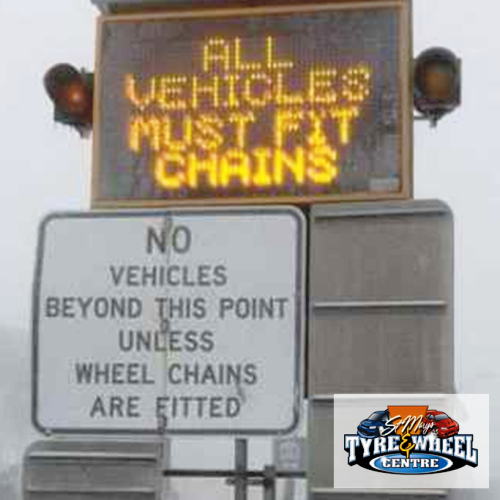
# 6: Carry Snow Chains
Snow chains, wheel chains or tyre chains ... it doesn’t really matter what you call them, you just have to make sure you carry a set. Police carry out random inspections and you will be fined if you’re driving through Kosciusko National Park without any.
You don’t need to buy any chains as they are readily available for hire within the snowfields. The number one tip is that you practise fitting your chains before you actually need them. Pull into a chain fitting bay. These areas are well sign posted and have plenty of space. Each fitting bay is built on a flat surface, making it much easier to fit the snow chains to your vehicle.
It’s also essential that you follow all instructions by Police and or resort staff regarding when your vehicle should be fitted with chains. Failure to have chains fitted where required can result in a fine and your vehicle may even be forced to stay parked for safety purposes.
# 7: Carry an Emergency Pack
An emergency pack (or as some call it ... a survival kit), in your boot is a must have when driving in snow. There are a few must have items for all emergency packs. Fresh water, sealed snacks and a good first aid kit should be the first things packed.
It’s much more budget friendly to create your own emergency pack from everyday items available at the supermarket or Bunnings. We all know that you can’t put a price on safety, however, those purpose built and marketed emergency packs will cost you many hundreds of dollars.
Some people never have anything in their boot while others have enough gear in there they could live in their car for months. To determine what you will need, AAMI Insurance has a great article on their blog that may help.
Once you arrive at the snow, make sure that you top up your fuel tank before you start the climb up the mountain. Should there be any unexpected delays due to bad weather, you’ll need to keep that heater running while sitting in traffic. Have fun and enjoy the skiing.
Safe motoring ... see you in-store soon!
Tarkan
Have You Used Castrol’s Rego2Oil Tool?
At St Marys Tyre and Wheel Centre, we know that choosing the right car fluids for your vehicle is essential to keep it running smoothly. That’s why we use only the highest-quality Castrol oils, lubricants, and fluids when servicing our clients' vehicles. To help you make informed choices about your car's needs, Castrol Australia offers...Continue reading→
Still Trading During Covid-19 Lockdown
On Monday, 23rd August 2021, updated Health Orders were introduced with new restrictions that effect St Marys Tyre and Wheel Centre. Being classified as an essential service, we are still trading, however, everyone must adhere to the following conditions. We Must Have a current Covid-19 Safety Plan that’s been registered. Provide a Service NSW QR...Continue reading→
2020 Local Business Awards
The 2020 Mt Druitt - St Marys Local Business Awards have now officially entered the business end of the season (sorry for the football analogy but the Panthers have won 11 in a row). The finalists have been selected and the judging will continue to find this year’s winner in the Automotive Services category.Continue reading→
